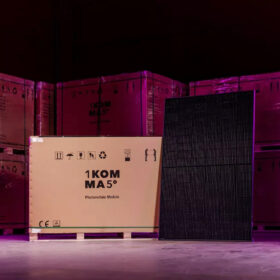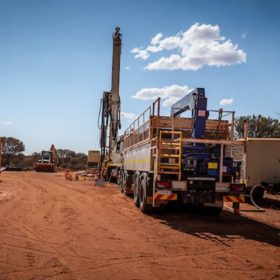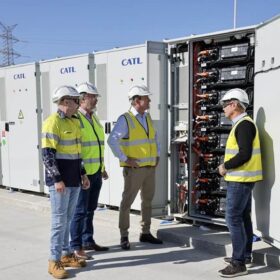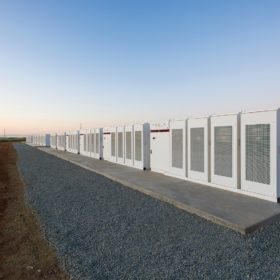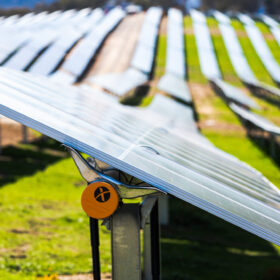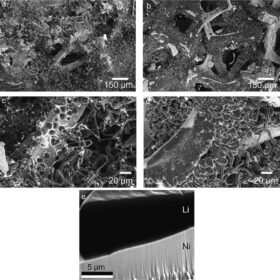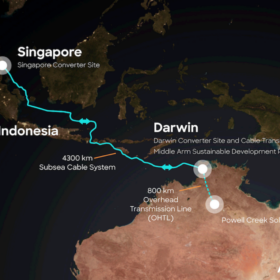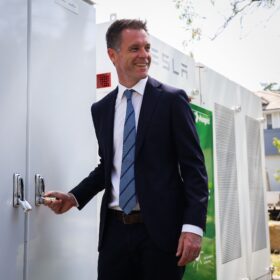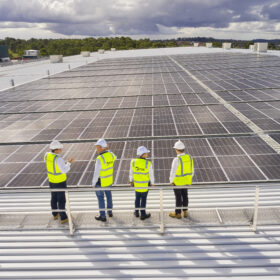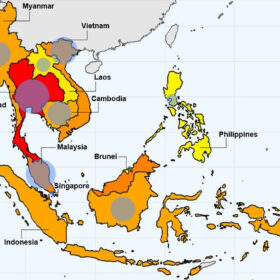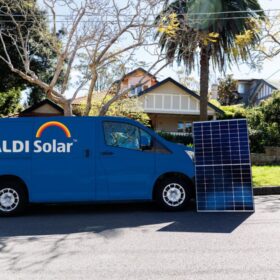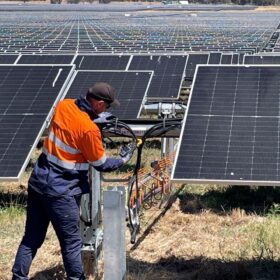German ‘ethical, low carbon’ solar panel range hits Australian market
1Komma5°, a German startup aggressively expanding in Australia, has now begun taking Australian orders for its own line of “ethical, low carbon” solar panels.
WA lithium miner backs US giant’s $6.6 billion takeover bid, sparks unusual trading activity
The board of Australian lithium developer Liontown Resources has backed a refreshed $6.6 billion (USD 4.3 billion) bid from US company Albemarle Corp., the world’s largest lithium producer. Since then, Liontown has seen a massive spike in trading, with speculation about it being linked to Australia’s richest person.
WA, Indonesia strengthen ties around critical minerals
Western Australia has signed an agreement to bolster its relationship with Indonesia around critical minerals and clean energy manufacturing – with both regions among the world’s leading producers for particular minerals.
300 MWh Amp Energy battery secures grid connection agreement in SA
Amp Energy’s 150 MW / 300 MWh battery storage project in Bungama, north of Adelaide, has secured a grid connection agreement with South Australia’s grid operator and owner ElectraNet.
Nextracker unveils three next-gen solar racking products
Australia’s most popular mounting solution brand, US company Nextacker, has released a hail stow-ready rack, a terrain following tracker and an irradiance-tracking yield optimiser.
Anode-less redox flow batteries capable of fast cycling
Researchers in the US have demonstrated that replacing the planar lithium anode in a redox mediated lithium-sulfur redox flow battery with a high surface area scaffold enables 10 times faster cycling, up to 10 mA cm−2, without short circuit or voltage instability.
SunCable sale complete, company lays out more subdued project scope
SunCable’s sale to Mike Cannon-Brookes’ Grok Ventures has today been completed, with the company flagging new project elements, including a subsea cable manufacturing and testing facility, as well as reiterating its vision of delivering bulk energy to Singapore via undersea cables.
NSW raises coal royalties, adding $2.7b to future budget
New South Wales has increased its coal royalty scheme for the first time since 2009 in a move that is expected to boost the state’s budget by more than $2.7 billion (USD 1.72b) from 2024 to 2028.
Commercial rooftops to be injected with 50 MW of solar, 300 MW of batteries in new C&I partnership
Industrial property giant ESR has signed a partnership deal with C&I solar company Solar Bay. The pair say it will see $500 million (USD 318 million) spent over the next decade to deliver up to 50 MW of solar, 300 MW of battery storage capacity and EV charging infrastructure.
Southeast Asia has technical potential to deploy over 1 TW of floating PV
A group of researchers from the US National Renewable Energy Laboratory assessed the potential for floating PV (FPV) plants at reservoirs and natural waterbodies in 10 Southeast Asian countries. It found that the overall FPV technical potential for the region ranges from 477 GW to 1,046 GW.
